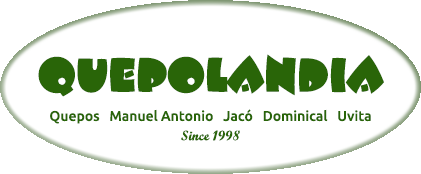I have a question = Tengo una pregunta
By Os ¿How are you guys? ¿Cómo están? ¿Did you get some rest during the Semana Santa? I hope you did. Before we start I need you to be sure that you can both understand and say these lifesaving pregunta words.
Read More